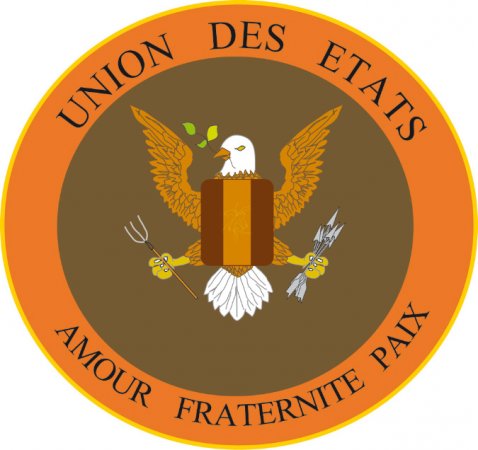
Politics on Display Dak’Art 2010

That there is a relation between political powers and exhibition spaces is old news. However, Dak’Art 2010, the biennial of contemporary African art which has taken place in Dakar, Senegal since 1992, once again audaciously exploited this relationship to an uncomfortable degree, especially at its opening ceremony.
In the hands of its organizers, consisting of a jury under the auspices of director Ousseynou Wade, at least the opening the biennial became an arena for staging the nation’s – or rather its leaders’ – assumed magnificence. Still, albeit unintentionally, Dak’Art 2010’s opening ceremony indicated that there is a discrepancy between the ideas of the nation’s political elite and the ways in which a major part of the public perceives its culture.
The opening took place in the presence of Abdoulaye Wade, Senegal’s president, at the National Theater, in front of which dancers and drummers performed a spectacular act. The performers were dressed like savages playing the drums, as if some sort of misplaced ritual was going on. Oddly enough, neither the biennial’s audience, nor many of the local passers-by considered this to have anything to do with contemporary Senegalese culture – at least with the understanding that culture is different from the productions done for tourists.

At each edition of Dak’Art the president awards the Léopold Sédar Senghor Prize to one of the participating artists. This year’s winner was the Congolese artist Moridja Kitenge Banza, who received it for an installation that featured prints, a video projection and drawings, displayed together at the main biennial venue, the IFAN Museum. Banza’s prints showed a design for a flag representing a fictional federation of states called l’Union des États. The video depicted the artist, naked and in multiple, his figures arranged like a choir, singing Hymne à Nous (Ode to Ourselves), based on the music of Ode an die Freude (Ode to Joy), composed by Beethoven and nowadays used as the European anthem, while the lyrics were a mixture of the Belgium and Congolese anthems.
Clearly the installation implied a critique on historical slavery. At the same time the video showed the artist as an exemplary African man: confident, educated, creative, beautiful, and possessing historical consciousness. The symbolism of Banza’s work must have attracted the presenter of the prize, who as a convinced Pan-Africanist is sympathetic to the idea of a union of African states, and the leading role of the sort of man represented in the video. This view is even more evident in the African Renaissance Monument, which was designed by and recently built to order of president Wade.
Compared to another African biennial, the Bamako Encounters 2009 (the photography biennial that has taken place since 1994 in Mali, Senegal’s neighbor), Dak’Art 2010 was less exciting due to the fact that experimentation within the arts was actually discouraged by means of preposterous selection criteria; documentary-based work, abstract art or work based on recycling techniques was rejected. Moreover, the Bamako Encounters were guided by a curatorial vision, something that Dak’Art obviously lacked in regard to the way the works were selected and presented.
Too often one was left with the impression that decisions were randomly made, once it was assured that the president’s political message was clear. A reason for this might be the fact that Dak’Art 2010 was for the largest part funded by the government of Senegal, whereas the Bamako Encounters 2009 received most of its funding from the European Union, France and international sponsors. Apparently, president Wade wanted something in return for ‘his’ money. Of course, European or private sponsors want that too; however, they promote different political agendas.
Though all this might sound very negative, visiting Dak’Art is nevertheless recommended to everyone interested in the state of contemporary art production in Africa. This is not least because of the possibilities of meeting newcomers as well as high profile artists, theorists and curators from all over the world, who loyally visit the event despite its difficulties.
Kerstin Winking & Jelle Bouwhuis


